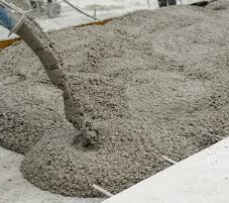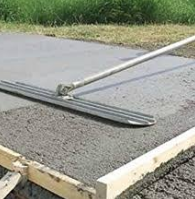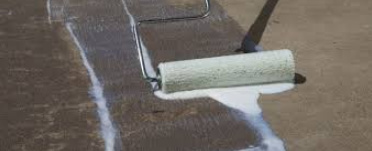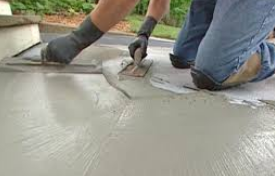I get the concept but still have some questions that I couldn’t find via the search bar or google.
What exactly is the “cream” when referring to concrete? Is a uniform coat on the driveway or is it something once destroyed you can never get back?
I get the concept but still have some questions that I couldn’t find via the search bar or google.
What exactly is the “cream” when referring to concrete? Is a uniform coat on the driveway or is it something once destroyed you can never get back?
Both it’s during the curing process of the concrete the yeast “ May be different in other areas” rises to the top creating a smooth finish . We’re concrete is rated in psi for strength typically 3500psi the cream coat can be removed with much less. Once it is gone there is no way to replace it since it happens as part of the curing process.
Concrete is a mixture of 1 part cement,3 parts sand and 3 parts aggregate and forms a paste when water is added to bond the materials together. When it’s pored out of the cement truck, the aggregate and the paste sort of separate and the paste settles to the bottom.

After the concrete is placed a bull float is used to smooth the concrete by pushing down the aggregate and raising the paste to the top.

This paste or cream is the top surface of the concrete that we clean.
Depending on the amount of water added to the concrete, and the way it was finished, you will have more or sometimes less cream removal when cleaning. Most sidewalks and driveways both have a broom finish and you will always have some cream removal. Enclosed carports, porches and commercial building slabs will have a machine or trowel finish and will have little to no cream removal when cleaned.
For the second part of your question no. You can’t get it back, but you can apply a concrete bonding agent and then cover it with a concrete mix without the aggregate. (Grout mix)


I hope this helps.(pics from google)
He said it much better than me so yah what he said
Down here they add yeast to give it an off white color or at least they did before they all went to the fibercrete now the use fiberglass instead of aggregate. We call them furry driveways
Yea, different areas have different codes. Here, we used fiber in place of wire mesh or rebar for strength.
Awesome post.
Thanks.
Shazam. That was good. Didn’t have a clue.
Bookmarked. I sincerely enjoy your posts.
fascinating thanks for the information
Have never seen the fur before that’s wild
Oh concrete wizard @gbattle, I have a question.
Does the practice of post treating concrete with SH and not rinsing lead to changes in the structure of the cream causing it to become brittle or ‘fail’ prematurely.
Said another way. Does post treating concrete cause damage to the concrete?
It’s funny looking looks like little hairs sticking up everywhere. It wears of pretty quick though just looks funny. Be carful Cleaning them I haven’t found one I can Pressure wash yet and they have been doing it for a few years now. Every test spot I’ve done the surface just comes flying off even on ones 2 and 3 years old . Chem and rince only so far .
No, as a matter of fact calcium chloride is added to concrete in the winter months, and acts as an accelerator to speed up the curing process. You can Google it for more info.
Any specifics on grout mix to apply? Will it brighten up a little or stay that gray? Will that grout stand up to any pressure once on for a while? Should I hit the grout with SH after applied to brighten? Sorry- never seen this and I really want to try it… thanks.
There are 2 types of concrete grout that I’ve seen used. One type is purchased from a big box store. It comes in a bag and you add water and sand. This is used to cover imperfections on things like concrete walls or concrete steps after being pored and does not hold up well when pressure washed. The other is a standard 3500 psi residential concrete mix without the aggregate “grout mix”. This is pored from a concrete truck by professionals and looks like freshly pored concrete if done properly. It will turn light grey after it has fully cured.
Thank you sir…
